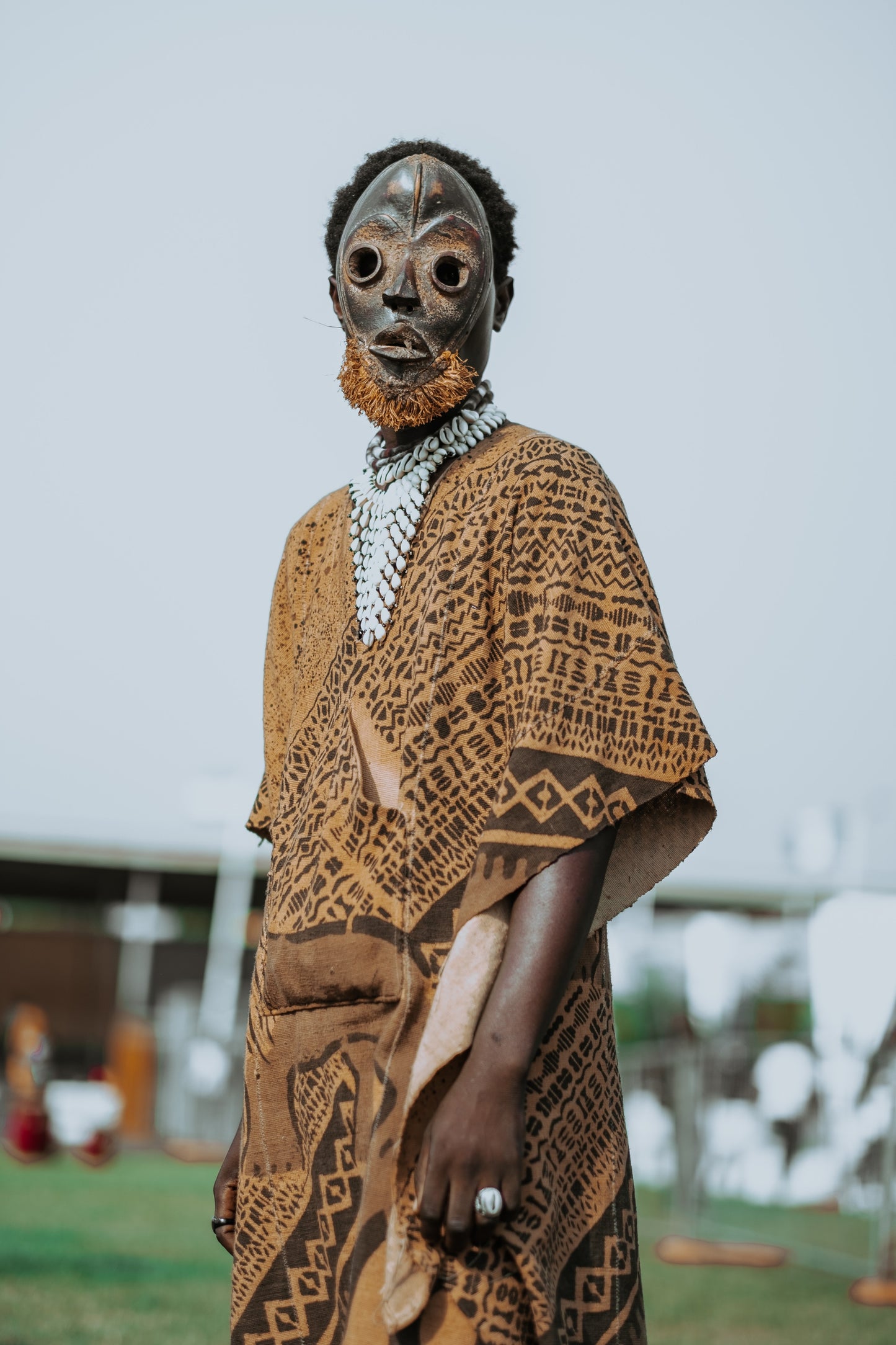
What many people don't know, is that this art style was influenced by traditional African masks, which had been collected by European artists and brought back to Europe. The African masks were admired for their abstract forms and powerful expressions, which inspired European artists to experiment with new artistic techniques.
In Nigeria, the influence of Cubism can be seen in the works of contemporary artists such as Ben Enwonwu, Bruce Onobrakpeya, and Yusuf Grillo. These artists have adapted the principles of Cubism to create their own unique styles, which reflect the Nigerian cultural identity.
Realism is another art movement that has influenced our culture. Realism emerged in the 19th century as a reaction to the romanticism of the time. Realist artists sought to depict everyday life and the struggles of ordinary people, rather than idealized or romanticized versions of reality. In Nigeria, realism has been used to highlight the social and political issues that affect the lives of Nigerians. Artists such as Ayo Filade and Babajide Olatunji have created works that depict the realities of life in Nigeria, including poverty, corruption, and the struggle for social justice -- their works reflect relationships between family members, friends, and communities which are central to African culture.
Many Nigerian artists have used their art to explore the complexities of human relationships and the dynamics of social interaction. For example, Njideka Akunyili Crosby, a Nigerian-born artist based in the United States, uses her art to explore the complexities of her identity as a Nigerian-American. Her work often features images of her family and friends, reflecting the importance of relationships in her life.
In conclusion, cubism, realism, and relationships have all played a significant role in shaping our culture. These art movements have inspired contemporary Nigerian artists to create works that reflect the Nigerian cultural identity, while also addressing social and political issues. Relationships between family, friends, and communities continue to be a driving force in Nigerian art, and will undoubtedly shape the future of black culture.
